Intro
Discover how a herniated disc affects lumbar health, causing lower back pain, sciatica, and limited mobility, and learn 5 ways to manage symptoms and prevent further injury, promoting spinal wellness and relief from chronic pain.
The lumbar region, which is the lower back area, is a complex structure that provides support and flexibility to the body. It is composed of five vertebrae, discs, nerves, and muscles that work together to facilitate movement and maintain posture. However, when a herniated disc occurs in the lumbar region, it can have a significant impact on the overall quality of life. A herniated disc, also known as a slipped or ruptured disc, occurs when the soft inner gel of the disc leaks out through a tear in the outer layer, putting pressure on nearby nerves and causing pain, numbness, and weakness.
The effects of a herniated disc in the lumbar region can be far-reaching, affecting not only the lower back but also the legs, hips, and even the feet. The lumbar region is a common area for herniated discs to occur, and it is essential to understand how this condition can affect the body. In this article, we will explore the ways in which a herniated disc can impact the lumbar region and the surrounding areas. Whether you are experiencing mild discomfort or debilitating pain, it is crucial to seek medical attention to prevent further complications and promote healing.
The lumbar region is a vital part of the body, and any disruption to its function can have significant consequences. A herniated disc in the lumbar region can cause a range of symptoms, from mild discomfort to severe pain, numbness, and weakness. The effects of a herniated disc can be felt not only in the lower back but also in the legs, hips, and feet. It is essential to understand the ways in which a herniated disc can affect the lumbar region and the surrounding areas to seek proper medical attention and prevent further complications.
Understanding Herniated Discs
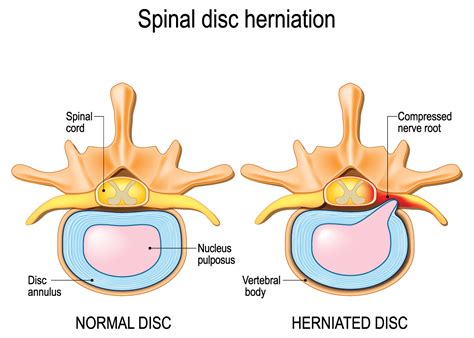
Causes of Herniated Discs
The causes of herniated discs can be divided into two main categories: traumatic and non-traumatic. Traumatic causes include injuries such as falls, car accidents, and sports injuries, which can cause a sudden and severe impact on the spine. Non-traumatic causes include age, wear and tear, and genetic predisposition. As we age, the discs in our spine can become less flexible and more prone to tearing, leading to a herniated disc. Additionally, people who are overweight or obese may be more likely to experience a herniated disc due to the increased pressure on their spine.Symptoms of Herniated Discs
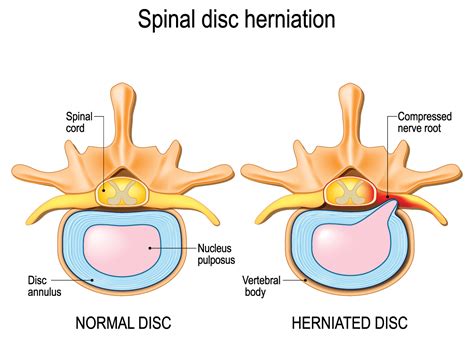
Treatment Options
Treatment options for a herniated disc in the lumbar region depend on the severity of the condition and the individual's overall health. Conservative treatment options include physical therapy, pain management, and lifestyle modifications such as losing weight and improving posture. In some cases, surgery may be necessary to relieve pressure on the nerves and promote healing. It is essential to work with a healthcare professional to determine the best course of treatment for a herniated disc.5 Ways Herniated Disc Affects Lumbar
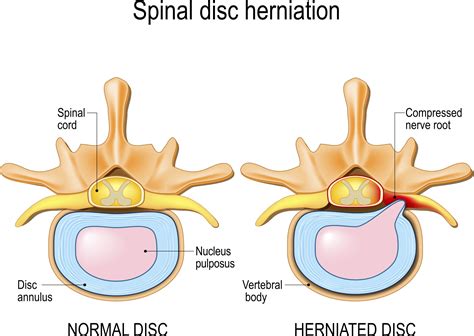
Prevention and Management
Preventing and managing a herniated disc in the lumbar region requires a combination of lifestyle modifications and medical treatment. Lifestyle modifications include maintaining a healthy weight, improving posture, and engaging in regular exercise such as stretching and strengthening. Medical treatment includes physical therapy, pain management, and surgery in some cases. It is essential to work with a healthcare professional to determine the best course of treatment for a herniated disc.Diagnosis and Treatment
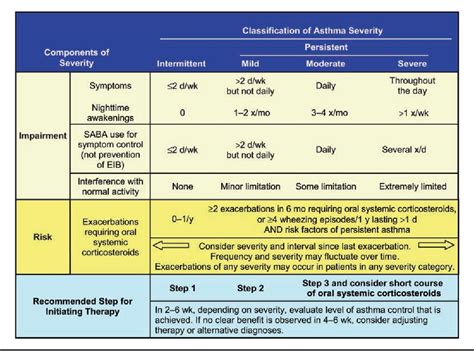
Recovery and Rehabilitation
Recovery and rehabilitation from a herniated disc in the lumbar region require a combination of medical treatment and lifestyle modifications. Medical treatment includes physical therapy, pain management, and surgery in some cases. Lifestyle modifications include maintaining a healthy weight, improving posture, and engaging in regular exercise such as stretching and strengthening. It is essential to work with a healthcare professional to determine the best course of treatment and rehabilitation for a herniated disc.Living with a Herniated Disc
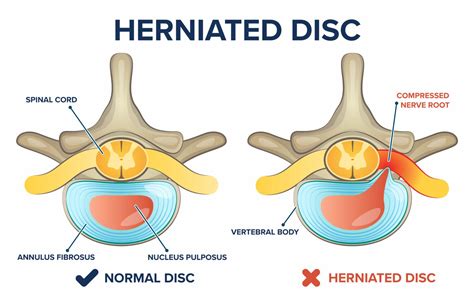
Coping with Emotional Distress
Coping with emotional distress caused by a herniated disc in the lumbar region requires a combination of medical treatment and lifestyle modifications. Medical treatment includes therapy and counseling, while lifestyle modifications include stress management techniques such as meditation and deep breathing. It is essential to work with a healthcare professional to determine the best course of treatment and management for emotional distress caused by a herniated disc.What are the symptoms of a herniated disc in the lumbar region?
+The symptoms of a herniated disc in the lumbar region can include pain, numbness, tingling, and weakness in the lower back, legs, and feet.
How is a herniated disc in the lumbar region diagnosed?
+Diagnosing a herniated disc in the lumbar region typically involves a combination of physical examination, medical history, and imaging tests such as X-rays, CT scans, and MRIs.
What are the treatment options for a herniated disc in the lumbar region?
+Treatment options for a herniated disc in the lumbar region depend on the severity of the condition and the individual's overall health, and can include physical therapy, pain management, and surgery in some cases.
In conclusion, a herniated disc in the lumbar region can have a significant impact on the body, causing pain, numbness, tingling, and weakness in the lower back, legs, and feet. Understanding the causes, symptoms, and treatment options for a herniated disc is essential for managing the condition and improving quality of life. By working with a healthcare professional and making lifestyle modifications, individuals can reduce their risk of developing a herniated disc and promote healing and recovery. We invite you to share your experiences and ask questions about herniated discs in the comments section below.
